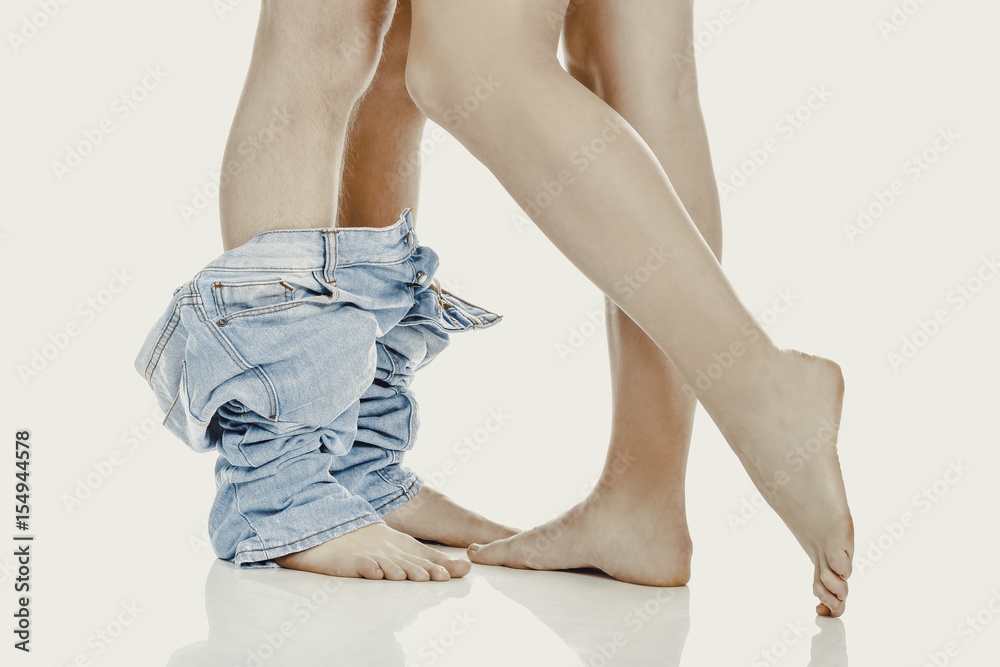Exploring The Ethical Shadows Of AI Image Manipulation: Beyond 'Undressing AIAdult'
The digital landscape, you know, is always changing, and with new technology comes new questions. One area that's getting a lot of attention, and frankly, a bit of concern, is the rise of artificial intelligence tools that can alter images. We're talking about capabilities that, in some respects, are pretty astonishing, but also carry some very serious implications.
These tools, often discussed under phrases like "undressing aiadult," represent a significant leap in how we can manipulate visual content. They promise to change photos, sometimes quite dramatically, with what seems like very little effort. It's almost as if you can wave a digital wand, and an image transforms right before your eyes, which is, actually, a fascinating thought.
However, this kind of technological advancement, while impressive in its own right, brings with it a whole host of ethical dilemmas and privacy worries. Understanding what these tools are, how they work, and most importantly, the potential harm they can cause, is really crucial for anyone interacting with digital media today.
Table of Contents
- Understanding AI Image Alteration: What's Happening?
- The Darker Side of Digital Alterations: Non-Consensual Imagery
- Privacy Concerns and Personal Safety in the AI Era
- Legal and Ethical Standpoints: What the Rules Say
- How to Protect Yourself and Others Online
- The Future of AI and Image Integrity
Understanding AI Image Alteration: What's Happening?
For a while now, you know, we've seen AI get pretty good at creating images from scratch or making small changes to existing ones. But a newer wave of tools, often linked to the idea of "undressing aiadult," takes this a step further. These programs use complex AI models, sometimes called "deepnude" or "unclothy" AI, to modify pictures in ways that can be really concerning.
Basically, these tools are designed to take an image and, with very little input, make it appear as though a person's clothing has been removed. It's a sort of digital illusion, if you will. The technology claims to do this quickly and easily, without needing you to type out long descriptions or try over and over again. This ease of use, actually, is part of what makes them so troubling.
You might hear about "AI clothes removers" or "AI nudifiers" that promise to "undress anyone you like in seconds." The idea is that you upload a photo, and the AI does the rest, generating an altered version. This capability, obviously, raises many red flags about consent and privacy. It's a pretty stark example of AI being used in ways that could cause significant harm.
The Darker Side of Digital Alterations: Non-Consensual Imagery
When we talk about "undressing aiadult" technology, we're really talking about the creation of non-consensual intimate imagery, or NCII. This means making explicit images of someone without their permission. It's a serious problem, and these AI tools make it easier for bad actors to do just that. So, it's not just a technical curiosity; it's a real-world threat.
The "My text" you shared mentions "downloading free undressing videos" and "watching erotic undressing porn." This points to a disturbing trend where digitally altered content, often created without consent, is being shared widely. This kind of content, you know, can have devastating effects on the people whose images are used.
It's important to understand that creating or sharing these types of images, even if they're "fake" or AI-generated, is a profound violation of a person's dignity and privacy. In many places, it's also against the law. The ease with which these tools can be used, honestly, makes the problem even more pressing, as the barrier to creating such harmful content gets lower.
Privacy Concerns and Personal Safety in the AI Era
The very existence of tools that can "undress" someone in a photo, even if it's just an illusion, poses huge privacy risks. Any photo of you, basically, could potentially be fed into one of these programs and altered. This means that your digital footprint, which is pretty extensive for most of us, could be used against you without your knowledge or permission.
Think about all the pictures you have online – on social media, in public profiles, or even just shared with friends. These AI tools mean that anyone with access to those images could, in theory, use them in a way that's deeply inappropriate and harmful. It's a bit like having your personal space invaded, but in the digital world.
This technology also makes it harder to trust what we see online. If images can be so easily manipulated, how can we tell what's real and what's not? This erosion of trust, you know, is a significant concern for personal safety and the overall integrity of information in our digital lives. It's a serious challenge for everyone.
Legal and Ethical Standpoints: What the Rules Say
From a legal perspective, the creation and distribution of non-consensual intimate imagery, whether real or AI-generated, is increasingly being recognized as a crime. Many countries and regions are passing laws specifically to address deepfakes and other forms of digital manipulation that harm individuals. So, it's not just a moral issue; there are real legal consequences.
Ethically speaking, these tools are a clear violation of personal autonomy and consent. Respecting a person's image and privacy is a fundamental principle, and "undressing aiadult" tools fundamentally disrespect that. There's a strong consensus among ethicists and human rights advocates that such misuse of AI is unacceptable.
The developers of AI models, and really, anyone involved in technology, have a responsibility to consider the potential for harm their creations might cause. Building tools that can be so easily weaponized against individuals, honestly, raises serious questions about responsible innovation. We need to encourage a focus on ethical AI development, where the potential for misuse is carefully considered and mitigated.
How to Protect Yourself and Others Online
Given the rise of these technologies, taking steps to protect yourself and others is pretty important. First, be mindful of what photos you share online and with whom. The less public your images are, the less likely they are to be misused by these types of AI tools. It's a basic step, but a very effective one.
If you or someone you know becomes a victim of non-consensual intimate imagery, it's crucial to report it. Platforms like social media sites often have policies against such content, and law enforcement agencies are increasingly equipped to handle these cases. Seeking support from victim advocacy groups can also be incredibly helpful. You can learn more about AI ethics on our site.
Also, support efforts to create stronger laws and policies around AI ethics and digital privacy. As technology progresses, so too must our legal and ethical frameworks. Being informed and advocating for responsible AI use, basically, helps create a safer digital environment for everyone. It's a collective effort, really.
The Future of AI and Image Integrity
The capabilities demonstrated by "undressing aiadult" tools are a stark reminder of the dual nature of technology. While AI offers incredible potential for good, it also carries risks that demand our attention and careful management. The future of AI, you know, really depends on how we choose to develop and use these powerful tools.
Maintaining image integrity and ensuring digital safety will become even more critical as AI advances. This means fostering a culture where consent and privacy are paramount, and where the misuse of technology for harm is actively combated. It's a big challenge, but one we must face head-on.
Ultimately, the conversation around AI and image manipulation isn't just about the technology itself. It's about our values as a society, how we treat each other, and the kind of digital world we want to build. Protecting your digital footprint is vital; you can link to this page to understand more about that. We must work towards a future where AI enhances human well-being, rather than being used to cause distress or violate personal boundaries.
People Also Ask
What are the legal consequences of creating or sharing AI-generated explicit images?
The legal consequences for creating or sharing AI-generated explicit images, especially non-consensual ones, are becoming increasingly severe. Many places are now treating these "deepfakes" similarly to real non-consensual intimate imagery, leading to criminal charges, significant fines, and even jail time. It really depends on the specific laws where the act occurs, but the trend is definitely towards stricter penalties, you know.
How can I tell if an image has been altered by AI?
Spotting AI-altered images can be tricky, as the technology gets better all the time. However, there are often subtle clues, like unusual textures, strange lighting, or inconsistencies in reflections or shadows. Sometimes, the background might look a bit off, or facial features might seem slightly distorted. Tools are also being developed to help detect AI manipulation, but it's a bit of an arms race between creators and detectors, honestly.
What should I do if I find my image has been used without my consent by an AI tool?
If you discover your image has been used without your consent by an AI tool to create explicit content, the first step is to document everything. Take screenshots and gather any links. Then, report the content to the platform where it's hosted, like social media sites, as they often have strict policies against such material. It's also very important to contact law enforcement, as this is often a crime, and seek support from victim advocacy organizations, you know, for guidance and emotional support.

Young woman undressing in bathroom. rear view Stock Photo - Alamy

Couple undressing each other. Stock Photo | Adobe Stock

Outdoors portrait of a beautiful woman undresses Stock Photo | Adobe Stock